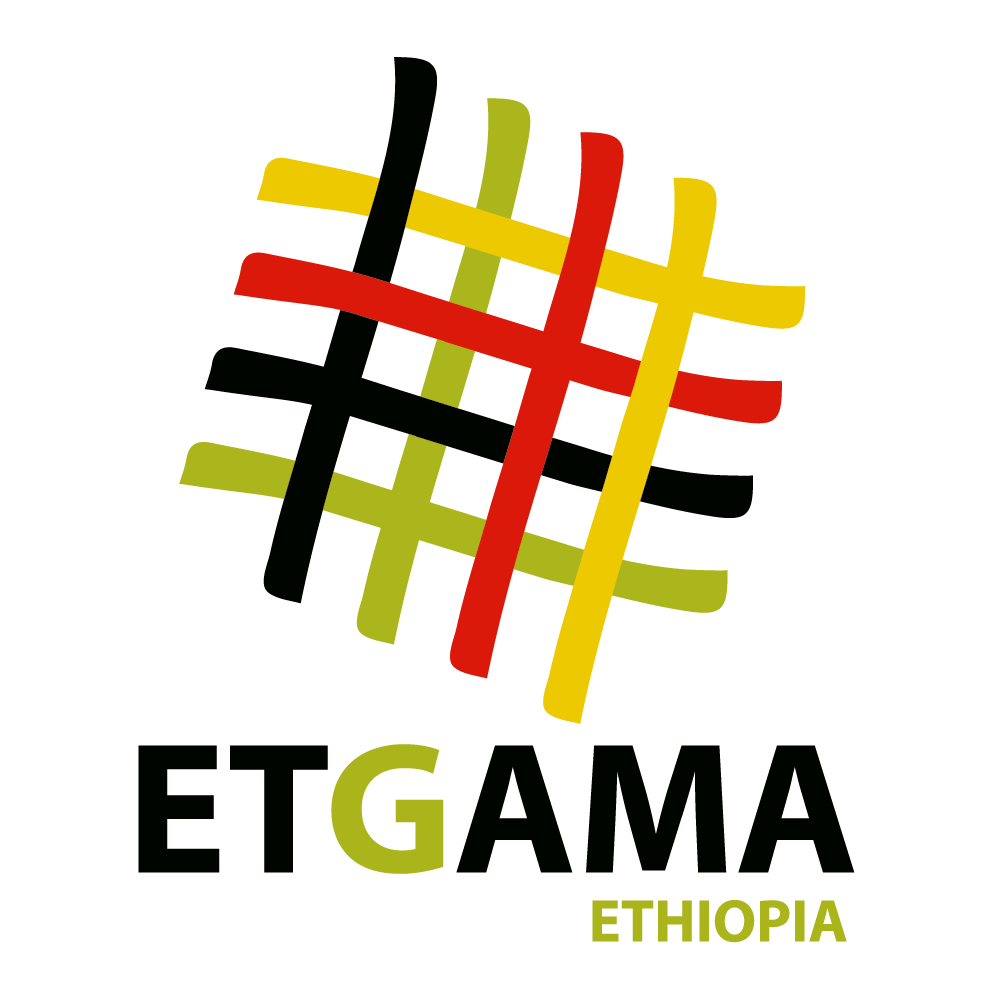This is not so much about the quality of the fibre itself as it is about the high degree of contamination that causes problems during processing. Contamination sources are plant residues that get into the fibres when hand picked, inappropriate protection during transport, and the use of plastic cords and packaging. Farmers, like their workers, don’t pay enough attention to whether the picked cotton is contaminated with plant residues. Eventually, it is paid by weight. ![]()
There are also sources of problems in the ginning plants. There, the machines do not seem to be maintained as they should be – for financial reasons, because spare parts are not available, or simply because of a lack of foreign currency. In some cases, the industry even suspects the deliberate addition of trash at the level of ginning. In addition, cotton production is declining, contrary to government expansion plans. Many farmers are switching to other crops such as sugar cane or sesame, which are currently more profitable. Thus, the spinning mills have even less room for manoeuvre.
Gesamtmasche pilot project for quality and transparency launched
In fact, the situation can already be significantly improved with a few simple measures. Quality and transparency go hand in hand. As part of the PartnerAfrica Ethiopia project, Gesamtmasche has launched a pilot initiative with the Ethiopian association ETGAMA, supported by the Ethiopian Cotton Farmers Association and the State Institute for the Textile Industry ETIDI. Fourteen farmers and a cooperative of 44 small farmers, who form a cooperative, have already joined the pilot for the current season with a total area of over 35,000 hectares. About one third of this area is accounted for by organic or BCI grades, with the rest being CmiA.
The plan: Cotton is divided into different quality levels immediately after harvesting. The same thing happens after the ginning stage. Practice-oriented training on trash avoidance is also planned. A simple convention between the contracting parties and random tests of the State Textile Institute accompany the quality measures. In particular, spinning mills should always know where their cotton comes from.

